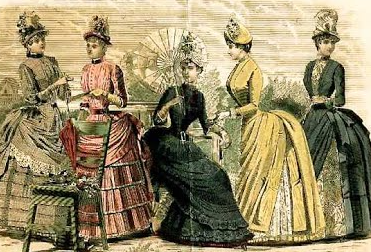Exploring Jane Eyre and the Victorian Ideal of Womanhood
The character of Jane Eyre, created by Charlotte Brontë, remains a compelling figure in literary discussions about the Victorian ideal of womanhood. With her struggles against societal norms and her quest for independence, Jane embodies the complexities of female identity in the 19th century. Understanding her character can shed light on broader issues of gender, autonomy, and morality during the Victorian era.
Defying Societal Norms
In a time when women were typically viewed as submissive and dependent, Jane Eyre stands out as a beacon of individuality and strength. From her early life as an orphan, facing neglect and abuse, to her determination to secure her own destiny, Jane challenges the traditional expectations placed upon women. Unlike the ideal Victorian woman, who was often relegated to the roles of wife and mother, Jane seeks personal fulfillment through education and self-discovery. Her journey illustrates not only her resilience but also the struggle many women faced in asserting their identities in a restrictive society.
The Role of Love and Independence
In Jane Eyre, love is depicted as a complex and multifaceted emotion. While romantic relationships were an expected part of a woman’s life in Victorian England, Jane’s portrayal of love is distinct. She does not seek love as a means of validation or security; instead, she yearns for a partnership that respects her autonomy and intellect. Her relationship with Mr. Rochester evolves from a conventional courtship to one of mutual respect and equality. This dynamic challenges the notion that women must sacrifice their independence for love, promoting the idea that a fulfilling relationship can also honor one’s individuality.
Critiquing the Victorian Ideal
Brontë uses Jane’s character to critique the Victorian ideal of womanhood, which often involved self-denial and subservience. While women were expected to embody virtues such as purity, piety, and submissiveness, Jane’s journey reflects a more modern understanding of female agency. She asserts her rights through her decisions, from leaving Thornfield to ultimately seeking a balance between love and self-respect. By presenting a protagonist who defies convention, Brontë encourages readers to question and redefine the roles assigned to women, creating room for a more nuanced exploration of femininity.
In conclusion, the character of Jane Eyre serves as a powerful commentary on the Victorian ideal of womanhood, highlighting themes of independence, love, and societal critique. By examining her journey, we gain valuable insights into the struggles faced by women in her time—and how these discussions remain relevant today. For those interested in diving deeper into these themes, reading “Jane Eyre” is an excellent first step into the rich world of Victorian literature.
